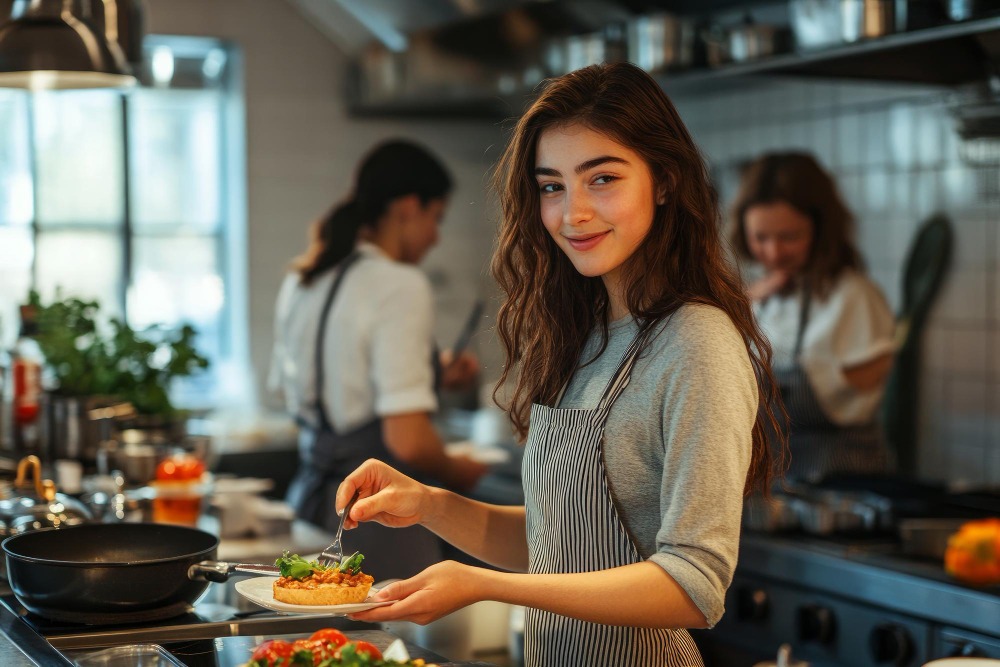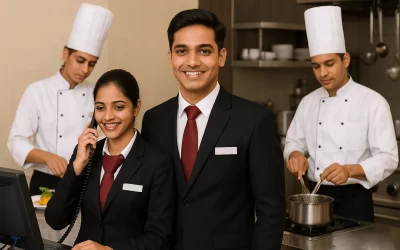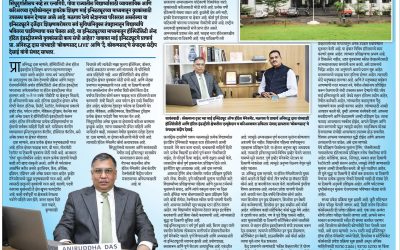Intro:
The hospitality industry is always evolving, especially in how food is prepared, presented, and consumed. As a student at MAI IHM, staying ahead of trends gives you a competitive edge and prepares you for a successful career. Here are the major culinary trends expected to shape 2026—and how you can make the most of them in your studies.
1. Plant-Based Innovation & Sustainable Ingredients
Chefs and consumers increasingly favor plant-based dishes—not just for health, but also for sustainability. Expect to see more creativity with meat alternatives, locally-grown organic produce, and ingredient sourcing that reduces carbon footprint.
What you can do: During your food production and pastry labs, try experimenting with plant-based recipes. Learn about proteins from legumes, pulses, tofu, tempeh etc. Understand seasonal farming to source fresh local veggies.
2. Fusion Flavors with Global Inspiration
Culinary fusion continues to grow. Think blending local Indian flavors with international techniques: e.g., Indian spices in French pastry, Southeast Asian sauces in Indian curries, etc. Fusion pushes boundaries and delights customers.
What you can do: In your practical cooking classes, try combining techniques you learn in different modules. Use guest lectures or workshops to explore global cuisine.
3. Tech in the Kitchen: Automation & Smart Appliances
From precision ovens to AI-based kitchen tools and food safety tech, kitchens are becoming more tech-savvy. Tools that monitor temperature, reduce waste, and optimize cooking processes are going to be more common.
What you can do: During theory classes or internships, pay attention to what technology is being used in modern kitchens. If possible, request exposure to smart kitchen labs or tools in MAI IHM infrastructure.
4. Experiential Dining & Presentation
People don’t just eat for taste—they look for experience. Plate presentation, immersive dining, storytelling through food, and interactive dining experiences will gain more popularity.
What you can do: When you do food plating, dessert work, or pastry, put extra effort into visual appeal. Explore plating design, garnish techniques, color contrast, plating materials, use modern plating tools.
5. Health & Wellness Focus
Diets tailored for wellness: low-sugar, low-fat, allergen-friendly menus (gluten-free, nut-free), fermentations, probiotics, superfoods etc. Students who understand nutritional aspects of cooking will be ahead.
What you can do: Understand basics of nutrition from your theory syllabi. Also learn about substitutes (e.g. using healthier oils, sugar alternatives) and how to make standard recipes healthier without compromising taste.
Conclusion:
The future of culinary arts is exciting and full of opportunity. As a student at MAI IHM, you are in a perfect environment to explore these trends, experiment, and develop skills that the industry will highly value. Embrace the change, stay curious, and remember—creativity and adaptability are key in hospitality.




